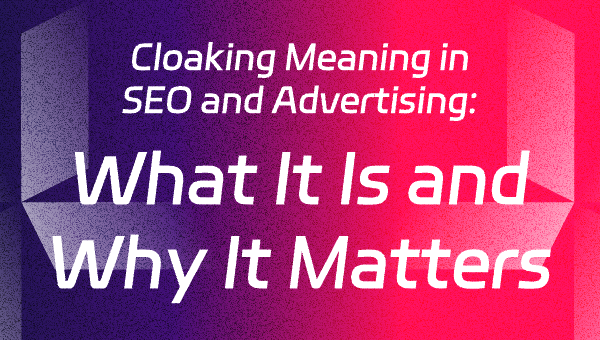Cloaking Meaning in SEO and Advertising: What It Is and Why It Matters

In digital marketing, cloaking is a term that sparks controversy, confusion, and curiosity. To understand the true cloaking meaning, we need to explore its roots in SEO, its evolution into advertising, and how it’s used—both ethically and unethically—across platforms.
What Does “Cloaking” Mean?
Cloaking refers to the act of showing different content to search engines, ad platforms, or bots than what is shown to regular users. It’s a way to deceive or strategically manipulate how content is perceived by algorithms while maintaining a different experience for the human audience.
Origins in SEO
In SEO, cloaking was first used to show keyword-rich, optimized pages to search engine crawlers, while real users saw a cleaner version. This was considered a “black-hat” tactic and still violates Google’s Webmaster Guidelines.
Modern Applications
Ad Cloaking: Show compliant content to reviewers and redirect real users to “black” offers.
Affiliate Cloaking: Hide referrer links or destination pages.
Data Cloaking: Obfuscate information from APIs or competitors.
Email Cloaking: Mask sender identities or tracking links.
Why It Matters
Understanding cloaking is essential for:
Avoiding violations of platform policies
Optimizing conversion paths while managing visibility
Creating private, undetectable ad funnels in competitive niches
Want to master advanced cloaking systems? Visit adcloaking.com to explore how modern cloaking redefines control in digital marketing.
